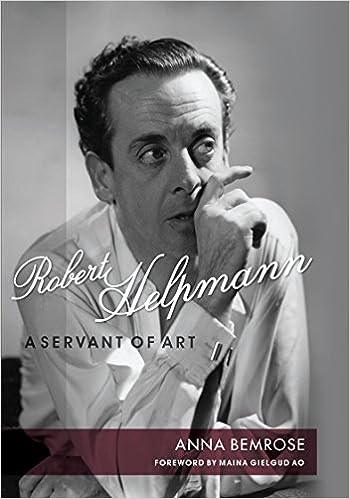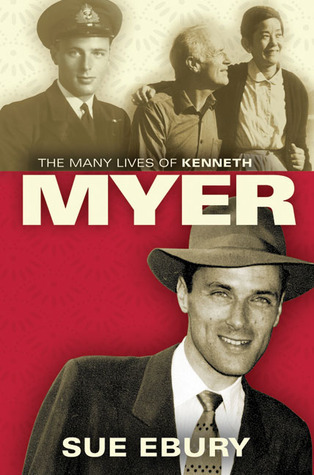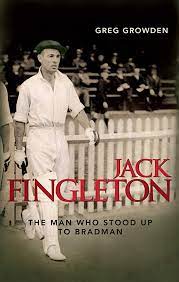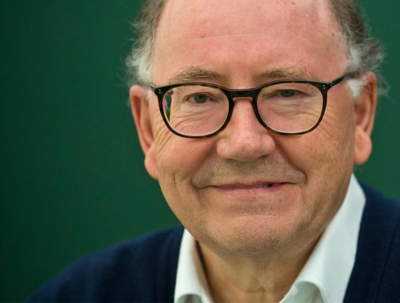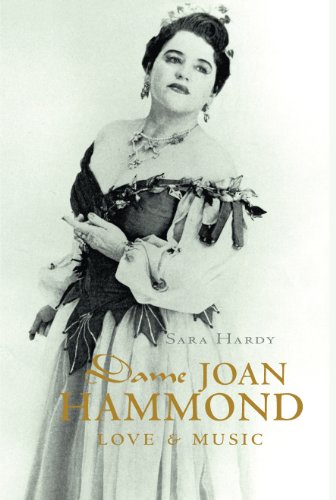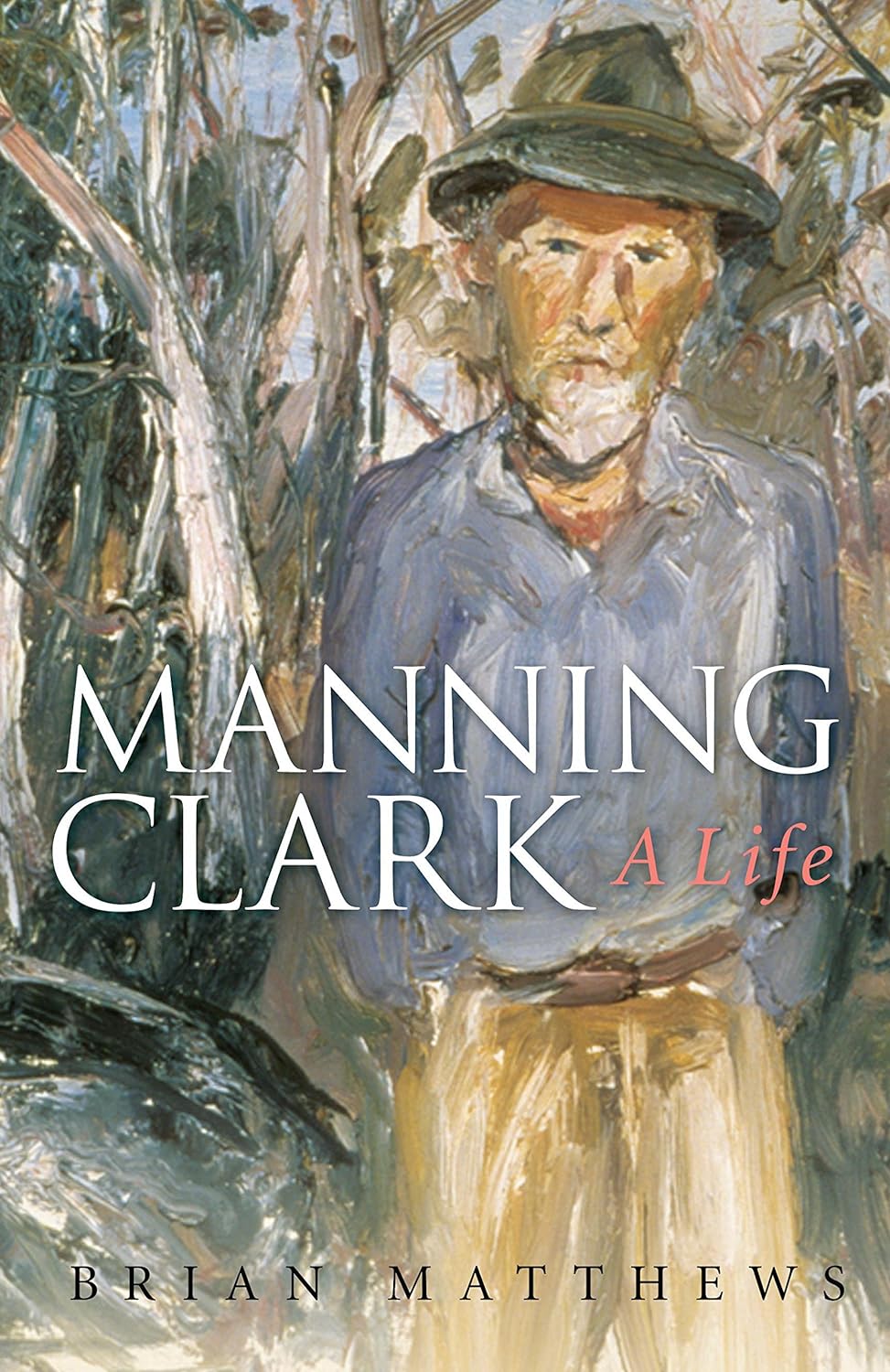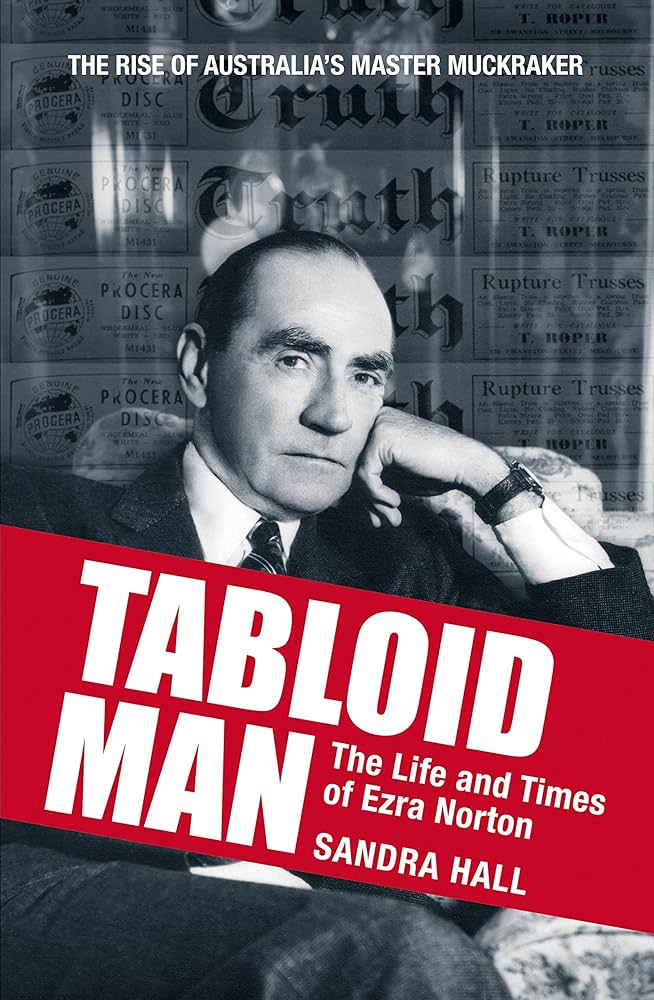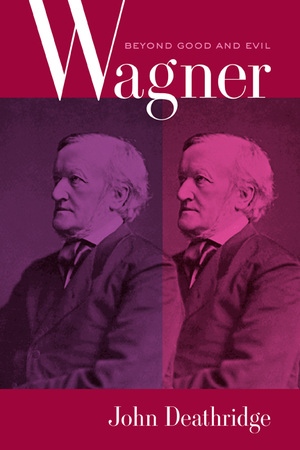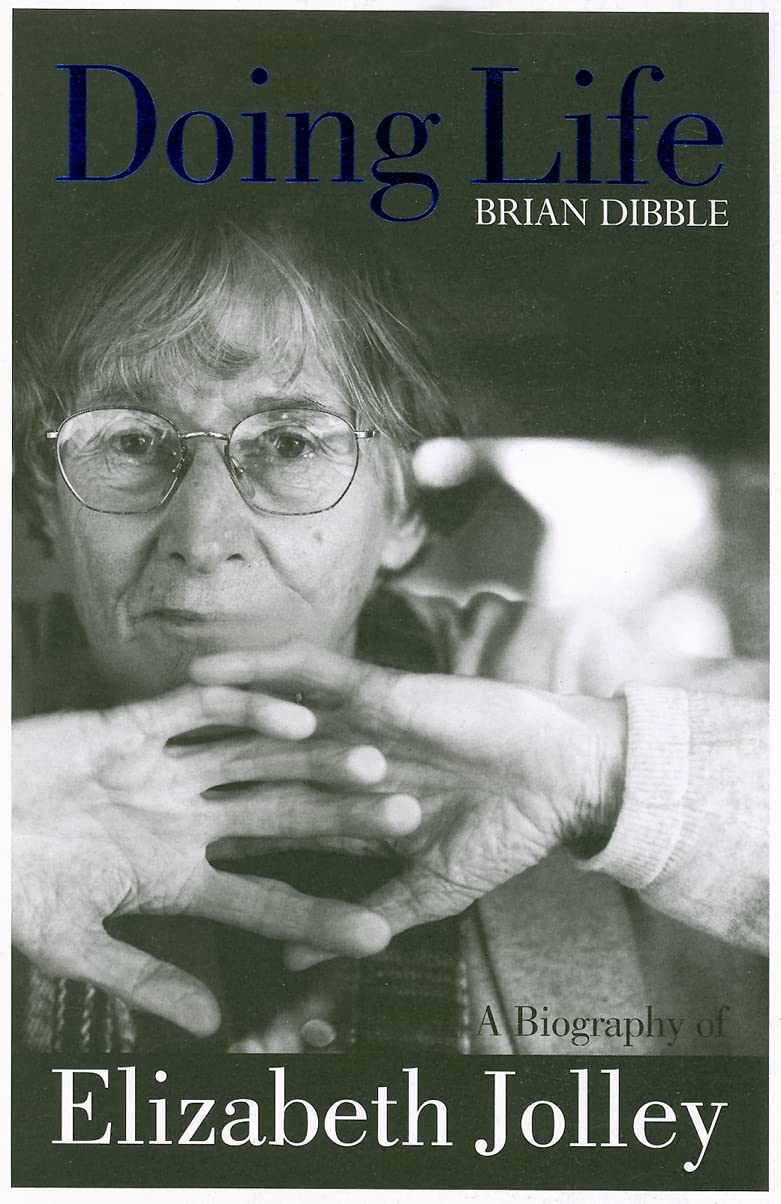Biography
In December 1982, publisher Richard Walsh commissioned a ‘life and times of Miles Franklin’ from historian Jill Roe. The book ‘has been a long time coming’, says Roe, ‘due to other commitments and responsibilities, and because of the extent of previously unexamined source material.’ That source material – letters, articles, unpublished manuscripts, journals – exists in quantities that can be inferred from Roe’s comment near the end of the book, where she is describing Franklin’s final illness: that ‘from 1 January 1909 to 1 January 1954, there is some kind of record of what Miles Franklin was doing on virtually every day of her life.’
... (read more)Robert Helpmann: A Servant of Art by Anna Bemrose
PANACHE. Both in its literal meaning (a plume of feathers) and its more familiar extended one, the term might have been invented for stage critic extraordinaire Kenneth Tynan as plausibly as for Robert Helpmann, one of last century’s most flamboyant and versatile stage practitioners. The illegitimate Tynan’s middle name was Peacock (the surname of his Birmingham father). Helpmann (born plain Robert Murray Helpman – one ‘n’ – in Mount Gambier, South Australia) will always be associated with the lyrebird, nominal subject and central symbol of perhaps his most original creative achievement, The Display, the dance-drama he choreographed for the Australian Ballet in 1964. In looks, each was very striking – and strikingly alike, though Helpmann was eighteen years older than Tynan, and their common resemblance (below as well as above the neck) was more to some exotic, sinuous reptile than to any species of bird.
... (read more)What if Kenneth Myer, not Sir John Kerr, had been Australia’s governor-general in 1975? There would still have been storms in Canberra, but no intervention, no Dismissal. Readers of Sue Ebury’s fascinating biography of Myer (1921–92) may be tempted to play the ‘what if’ game, speculating on how Gough Whitlam might have used a full second term as prime minister.
... (read more)Jack Fingleton: The Man who stood up to Bradman by Greg Growden
In an age when cricketing biographies predominantly lionise one-dimensional and vacuous individuals, this is a pleasurable reminder of an earlier era when even test players had regular jobs and a better sense of balance about life’s priorities.
... (read more)Just before I flew to Australia to deliver this year’s HRC Seymour Lecture in Biography, I heard an ABC broadcast on the BBC World Service. The Australian commentator was talking about the centenary of the birth of Donald Bradman, the ‘great Don’ with his famous Test batting average of 99.94 runs. He said that Bradman was a peculiarly Australian role model because he was a sporting hero and because he knocked the hell out of the British bowling. Slightly carried away by the moment, he added: ‘We still need those founding fathers – we’ve had no George Washington, no Abraham Lincoln ... Don Bradman fills a biographical gap.’
... (read more)My mother, a fine mezzo soprano, had three all-time favourite singers: Kathleen Ferrier, Maria Callas and our own Joan Hammond. When I was a child, my parents took me to see the famous diva perform Tosca in Melbourne – standing room only at the back of the circle. I remember red velvet, a thrilling voice, my own tired legs and a sense that I was in the presence of greatness. Sara Hardy’s biography of Joan Hammond (1912–96) is a timely publication. The number of people who remember the Australian soprano is dwindling, her fame eclipsed by another Dame Joan (who once, early in her career at Covent Garden, understudied Hammond in Aida).
... (read more)This life begins with a ritual its subject practised through the 1960s and 1970s. Manning Clark would visit St Christopher’s Cathedral, Canberra, kneel before its shrine of the Virgin, ask assistance in fighting his need for alcohol, and beg forgiveness and peace. While Clark’s funeral was a requiem mass at St Christopher’s, and a preoccupation with the Catholic faith became increasingly evident in his later years, this is not a beginning that those who read his history or became familiar with his public appearances would expect.
In relating these regular visits to the shrine, Brian Matthews signals the themes that run through this life of Clark. There is his susceptibility to alcohol and the way that it exacerbated his erratic behaviour. There is the fraught character of his most intimate relationships, and his persistent torment of anguish and guilt. There is his intellectual ambition, his need for reassurance and vulnerability to criticism. And there is his constant search for faith.
... (read more)Tabloid Man: The life and times of Ezra Norton by Sandra Hall
Phillip Knightley, Murray Sayle and other authors of the Daily Mirror’s historical feature used to relish their days sitting in the Sydney ‘public library’ researching and writing pieces on rape, pillage, sexual betrayal and murder most foul. Decades later, in the early 1990s, I began spending days sitting in what had become the State Library of New South Wales wading through yellowing copies of Sydney’s tabloid press. On one such day in the late 1990s, I stumbled across a card in a catalogue for an index to the Daily Mirror’s muckraking stablemate, Truth. The discovery or creation of a new newspaper index is always a thrill for media historians. I immediately submitted a call slip for the index, and up came a hefty ledger of alphabetical references to Truth for the late 1920s. Lodging more call slips, I ended up surrounded by ledgers ranging from 1925 to 1947. They were all handwritten, and presumably laboriously compiled by a librarian at Ezra Norton’s company, Truth & Sportsman Ltd. Who knows what went through the librarian’s mind as he or she indexed stories of divorce, rape, incest, prostitution, white slavery and cocaine rackets covered by one of Australia’s most notorious newspapers.
... (read more)Yet another book on Wagner. Given the title, you might expect it to be an investigation of Wagner’s complex relationship with Nietzsche or, failing that, a study which, like Nietzsche’s Beyond Good and Evil (1886), attempts to push the examination of a given subject beyond the limits to which it hitherto has been confined. The blurb on the dust jacket appears to suggest the latter: ‘Deathridge engages the debates that have raged about him [Wagner] and moves beyond them, towards a fresh and engaging assessment of what Wagner ultimately achieved.’ Well, yes and no.
... (read more)In the opening pages of an early manuscript, ‘A Feast of Life’, Elizabeth Jolley ponders the question of whether a novel should have a message. She has no answer, but will write out of her ‘experiences and feelings’. If her writing does help anyone, then ‘let a message be found’, so that she might ‘feel that I am at least doing something in a wider sphere than the domestic routine within the walls of the little house’. Jolley goes on to describe her method: ‘I shall start in the early years of my life and try to make things take some sort of order but order is not a strong point with me and I shall write with all my heart so that there will be the noise of my children in these pages …’
... (read more)


